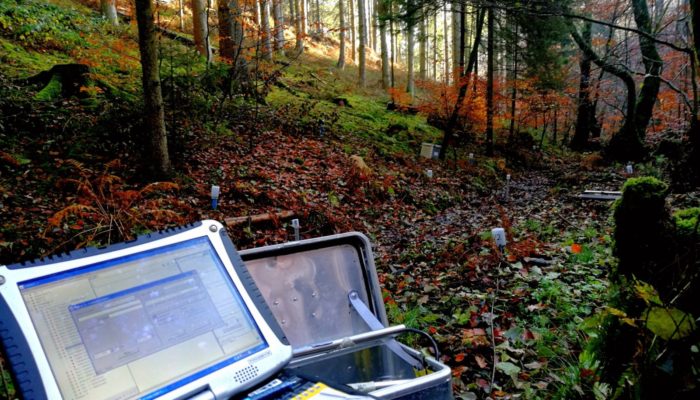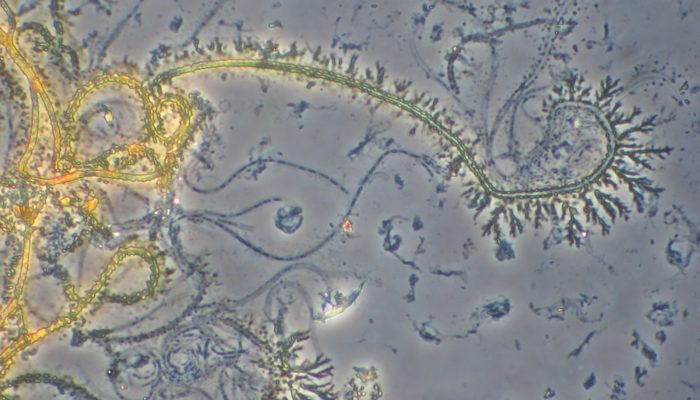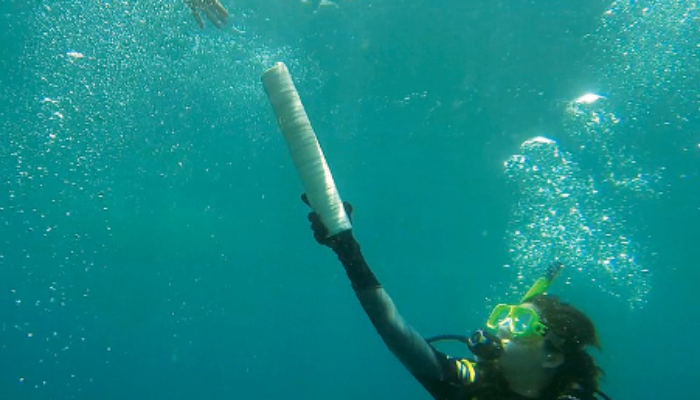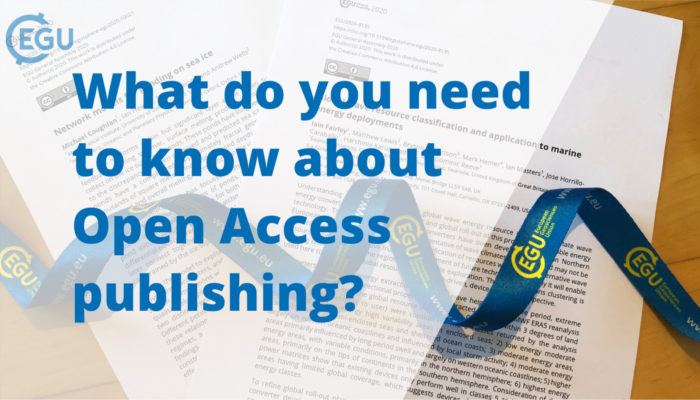Researchers and those in academia sooner or later come across the scientific editor: the gatekeeper of scientific journals. The editor plays a key role in the publishing process, working closely with authors and reviewers to implement an unbiased peer-review process that upholds rigorous standards. They are often experienced scientists and experts in their field who ensure that the published resea ...[Read More]
Science is not immune to fraud: How a Microbiologist-turned-Integrity Consultant spots scientific misconduct
Elisabeth Bik is as brave as they come. She has been threatened personally and professionally by people she’s never met, only because she dares to critique some of the most widely read and published scientific papers in the world. The Dutch microbiologist discovered her unique skill of spotting – manually, with her naked eye – plagiarized text and fabricated images that otherwise go unnoticed in p ...[Read More]
Get the picture? How choosing the right photograph can add value to your science communication
If you are a scientist you probably know the value of a good, well designed image. The right graph or diagram can help the reader to really grasp the meaning of a complicated theory or process, help to illuminate a critical piece of data, or highlight a key finding. But whilst much advice exists about how to create effective, accessible images, what about photographs? In our early training, ...[Read More]
Open Access publishing and Open Science at conferences: what do you need to know?
Earlier this week EGU’s Policy Officer, Chloe Hill was lucky enough to sit down with one of the many advocates for Open Access publishing on EGU’s Publications Committee: Ulrich Pöschl. Whilst all the members of our Publications Committee are fully committed to making EGU’s journals accessible and open, Ulrich has a unique perspective on this, as he is also the initiator and co-c ...[Read More]




